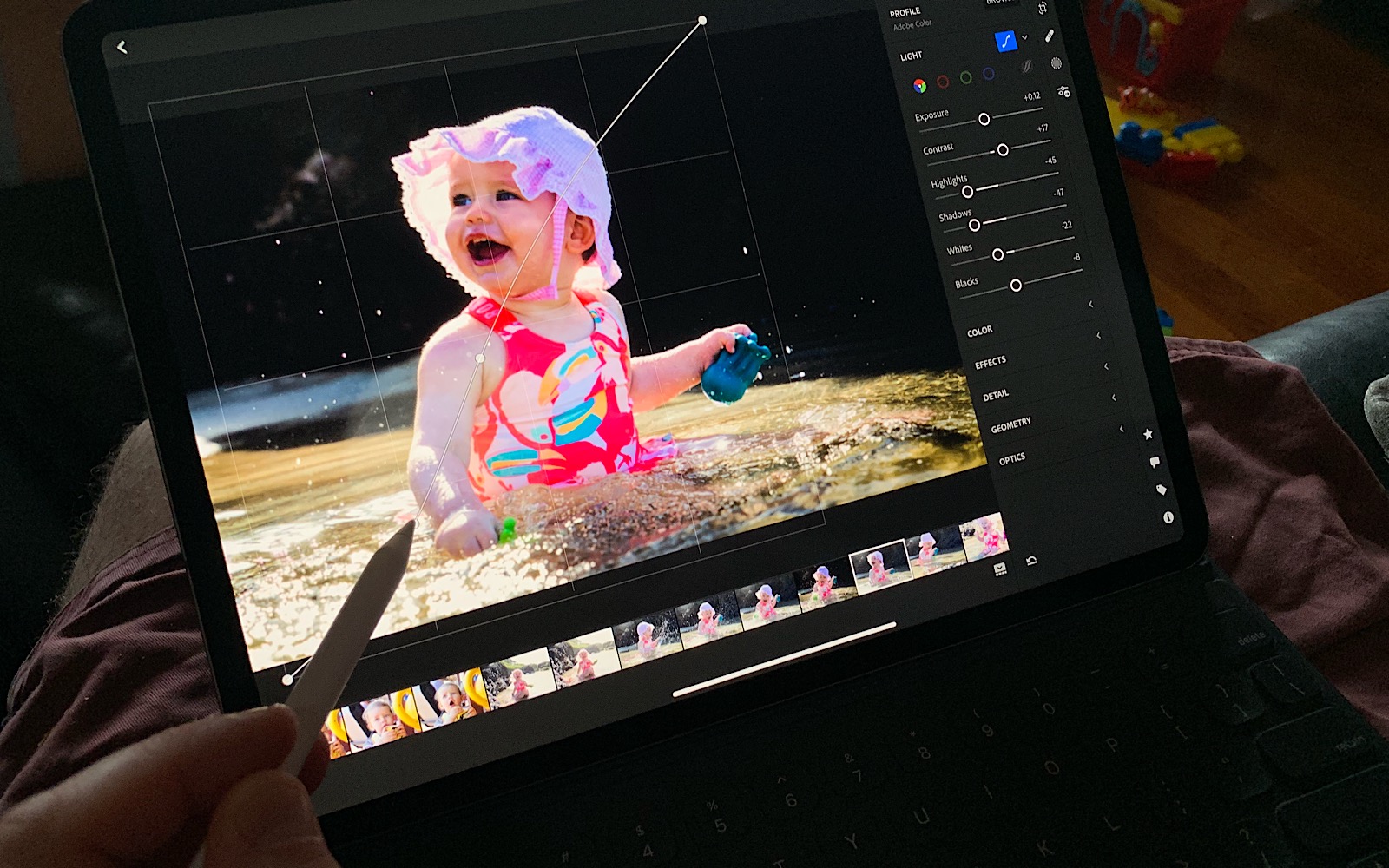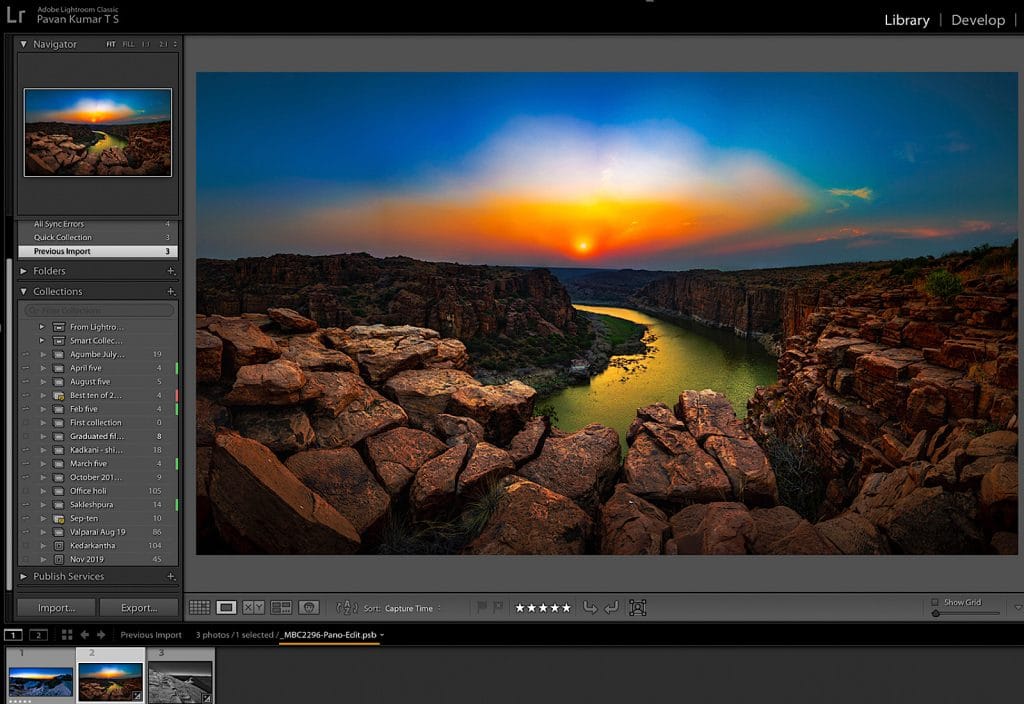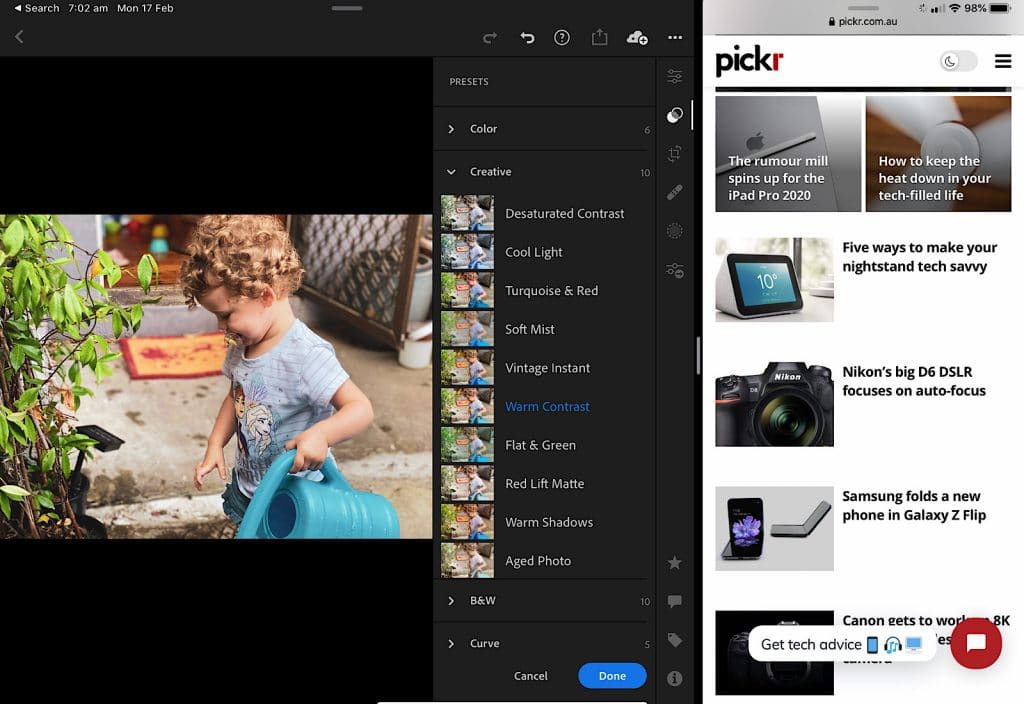Regardless of whether you work on a laptop or desktop, or maybe on a mobile or tablet, if you’re a Lightroom user, you’ve got a few new features waiting for you.
It’s already the second month of 2020, and although we’re beginning to see new cameras aplenty pop up, if you’re a photographer, you may need a way of editing those photos once you capture them.
You can always use them straight out of the camera, but there’s a good chance like many photographers, you’re going to be applying a little bit of processing to the formula, such as adding filters or cleaning up the results, and for that, you might be turning to Lightroom.
Practically a digital darkroom with organisation built into the mix, Adobe’s Lightroom is one of those apps that has proved itself over the years, and while it shares some of the technology behind Photoshop, lacks the high degree of learning commonly associated with Photoshop. Built more for photographers, it’s a tool that lets you process and edit photos with ease, whether you’re using a laptop, a desktop, or maybe even Android and iOS with mobile and tablet.
And this month, Lightroom is getting a few changes.
For starters, Lightroom Classic for Mac and Windows is seeing performance updates to help you get those photos finished faster, thanks in part to more camera settings when you import images, speeding up how Lightroom takes in those images.
There’s also more support for graphics chips in Lightroom Classic, allowing the high-speed chips used in graphics cards for lens correction and making adjustments using the transform tool.
However if you’re a photographer reliant Photoshop to build very, very large images in panoramic photography, and Photoshop is suggesting you export a PSB file — the version of a PSD made for particularly big images — you may be delighted to learn Lightroom Classic can now support and process those extra large PSB files. Handy.
Then there’s also Lightroom standard, which is typically distinct from Lightroom Classic because whereas the “classic” Lightroom is a local-only desktop based app, Lightroom standard lets you jump between desktop, mobile, and web editing, and backup of images tends to happen on the cloud, allowing you to make those platform jumps.
On the multi-platform Lightroom, there are updates for making panoramas and HDR images in Windows and Mac, the ability to import profiles and presets on Android, and now a way to learn how photographers made images in a “Learn” section on Android and iOS.
But if you’re a Lightroom user on the iPad, Apple has finally brought in split screen mode on iPadOS to let you do two things at one, because multitasking is a good thing. Now you’ll be able to run Lightroom on one side and something else on the other, provided it supports split-screen, too. A handy inclusion mobile users are sure to dig.
We’re sure there’s more on the way, and while Adobe hasn’t yet said what all those are, Adobe updates tend to be frequent enough that you won’t have to wait too long to find out what some of those are.








